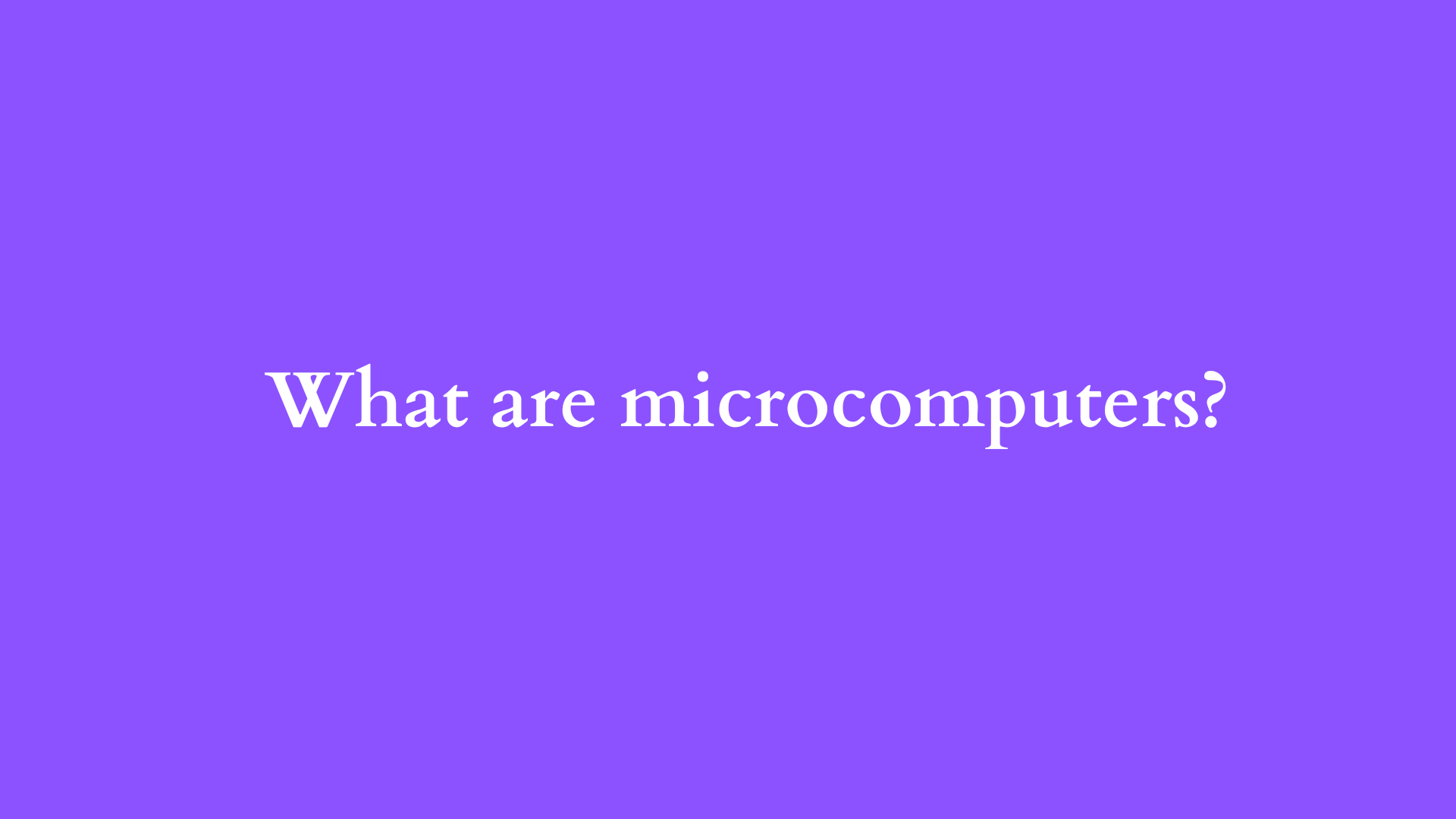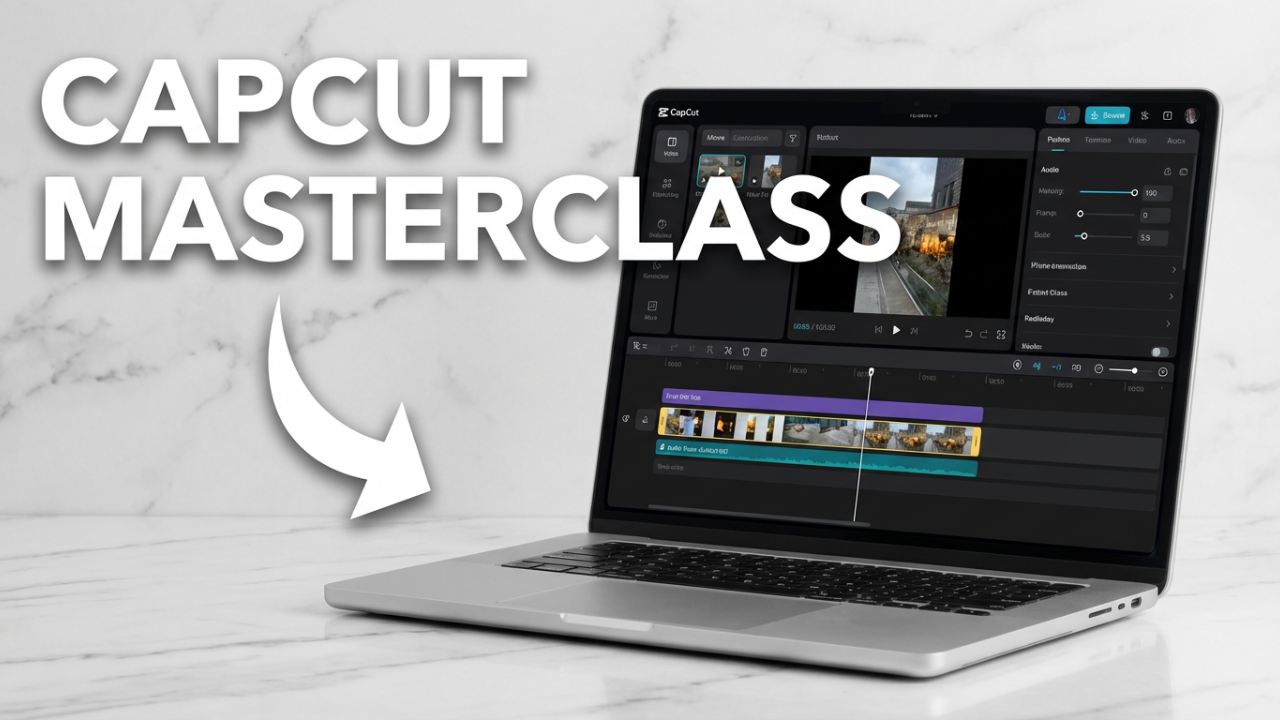Understanding Microcomputers: The Building Blocks of Modern Computing
In our fast-paced digital age, the term “microcomputer” has become increasingly ubiquitous, often mentioned in discussions around personal computing, embedded systems, and home automation. But what precisely is a microcomputer? To appreciate its significance, we must explore its definition, historical context, architectural components, applications, and its lasting impact on technology.

Defining Microcomputers
At its core, a microcomputer is a compact computer that utilizes a microprocessor as its central processing unit (CPU). The defining characteristic of microcomputers is their ability to handle data processing for individual users. Unlike mainframes and minicomputers that serve multiple users and often occupy entire rooms, microcomputers are designed to fit on a desktop or even in the palm of your hand. This functionality extends from personal computers (PCs) to more specialized devices like embedded systems used in appliances and automobiles.
Key Characteristics
Microcomputers exhibit several noteworthy characteristics:
- Microprocessor-Based: The central processing unit is typically a single microprocessor chip, making it more compact and cost-effective.
- Integrated Circuits: They rely heavily on integrated circuits for memory and storage, allowing for smaller physical dimensions compared to their predecessors.
- User-Friendly Interface: Most microcomputers are equipped with graphical user interfaces (GUIs) that simplify interaction for the average user.
- Versatility: They come equipped with various peripherals, including keyboards, mice, and monitors, which allow for a broad range of applications from gaming to scientific research.
- Cost-Effective: The affordability of microcomputers has led to widespread adoption in both home and business environments.
A Brief Historical Overview
The journey of microcomputers can be traced back to the early 1970s with the evolution of microprocessors. Intel’s release of the 4004 microprocessors in 1971 was a landmark moment, setting the stage for the first generation of personal computers. As technology advanced, systems like the Apple II (1977) and IBM PC (1981) hit the market, gaining significant traction with consumers.
During the 1980s and 1990s, microcomputers transformed from niche products for enthusiasts to essential tools for businesses and households alike. This shift was facilitated by software advancements and the introduction of the graphical user interface, which made computers accessible to non-technical users.
In the 21st century, microcomputers have continued to evolve with advances in processing power, connectivity, and form factors. Notable developments include laptops, tablets, and smartphones, all of which maintain the core tenets of microcomputer architecture while offering increased portability and functionality.
Components of Microcomputers
The architecture of a microcomputer can be broken down into several core components:
1. Microprocessor:
This chip acts as the brain of the computer, executing instructions and processing data. Popular microprocessor families include Intel’s x86 and ARM architectures.
2. Memory:
Microcomputers typically have two types of memory:
- Random Access Memory (RAM): Temporary storage that enables the CPU to access data quickly while the computer is running.
- Read-Only Memory (ROM): Permanent storage that contains firmware or system software.
3. Storage:
This includes both volatile and non-volatile storage solutions. Traditional hard drives (HDDs) and solid-state drives (SSDs) are commonly used for long-term data storage.
4. Input/Output Devices:
These allow users to interact with the computer and include peripherals such as keyboards, mice, printers, and displays.
5. Motherboard:
The main circuit board houses the CPU, memory, and other components, serving as the central hub for communication between hardware.
6. Power Supply:
This component converts electrical power from an outlet to the appropriate voltage for the computer components.
Applications of Microcomputers
Microcomputers have permeated nearly every aspect of modern life due to their versatility and affordability. Some of the most common applications include:
1. Personal Computing:
From word processing to gaming and video editing, microcomputers serve as everyday tools for individuals around the world.
2. Embedded Systems:
Microcomputers are often embedded in devices like washing machines, microwave ovens, and cars, optimizing performance and introducing smart functionalities.
3. Industrial Automation:
In manufacturing, microcomputers control machinery and processes, enhancing efficiency, safety, and reliability.
4. Healthcare:
Microcomputers power medical devices, from diagnostic imaging equipment to patient monitoring systems, improving healthcare delivery and outcomes.
5. Internet of Things (IoT):
Microcomputers form the backbone of IoT devices, facilitating connectivity and data processing in smart home technologies, wearables, and more.
The Future of Microcomputers
As we look towards the future, microcomputers will continue to evolve at a rapid pace. More powerful microprocessors, advancements in artificial intelligence, and improved energy efficiency will enhance their capabilities. Miniaturization will further enable new applications and functionalities, making computers even more integral to our daily lives.
Moreover, as the world leans more towards green technology, the development of eco-friendly microcomputers will likely be a focal point. Innovations such as energy-efficient designs and recyclable materials will align with the growing demand for sustainable technologies.
Conclusion
Microcomputers represent a remarkable evolution in the world of technology, acting as the foundation for countless innovations that shape our modern lives. Their transformation from bulky machines to sleek, powerful devices has democratized access to computing resources and facilitated a plethora of applications across various sectors. As we advance further into the 21st century, microcomputers will undoubtedly play a crucial role in driving technological advancements, making the world more interconnected, efficient, and intelligent. Whether we recognize it or not, these compact powerhouses are a testament to human ingenuity, continuously shaping the future of computing.
Shop Now






